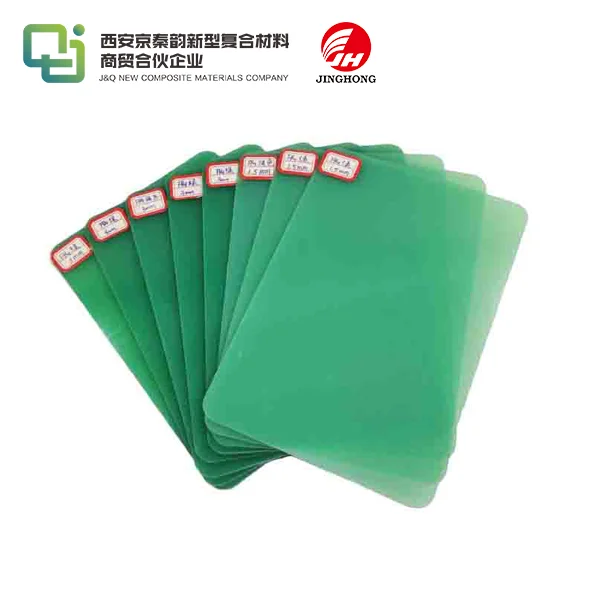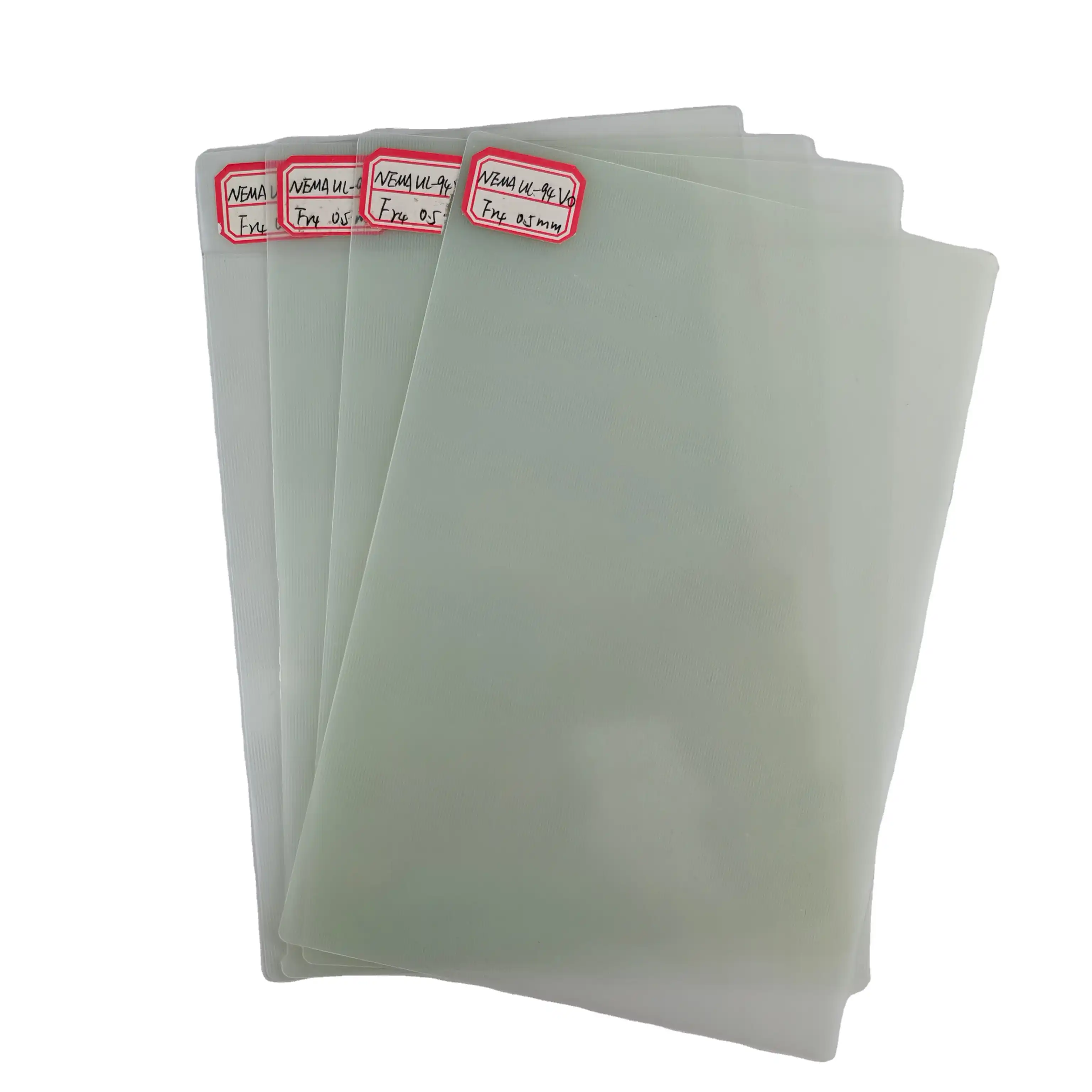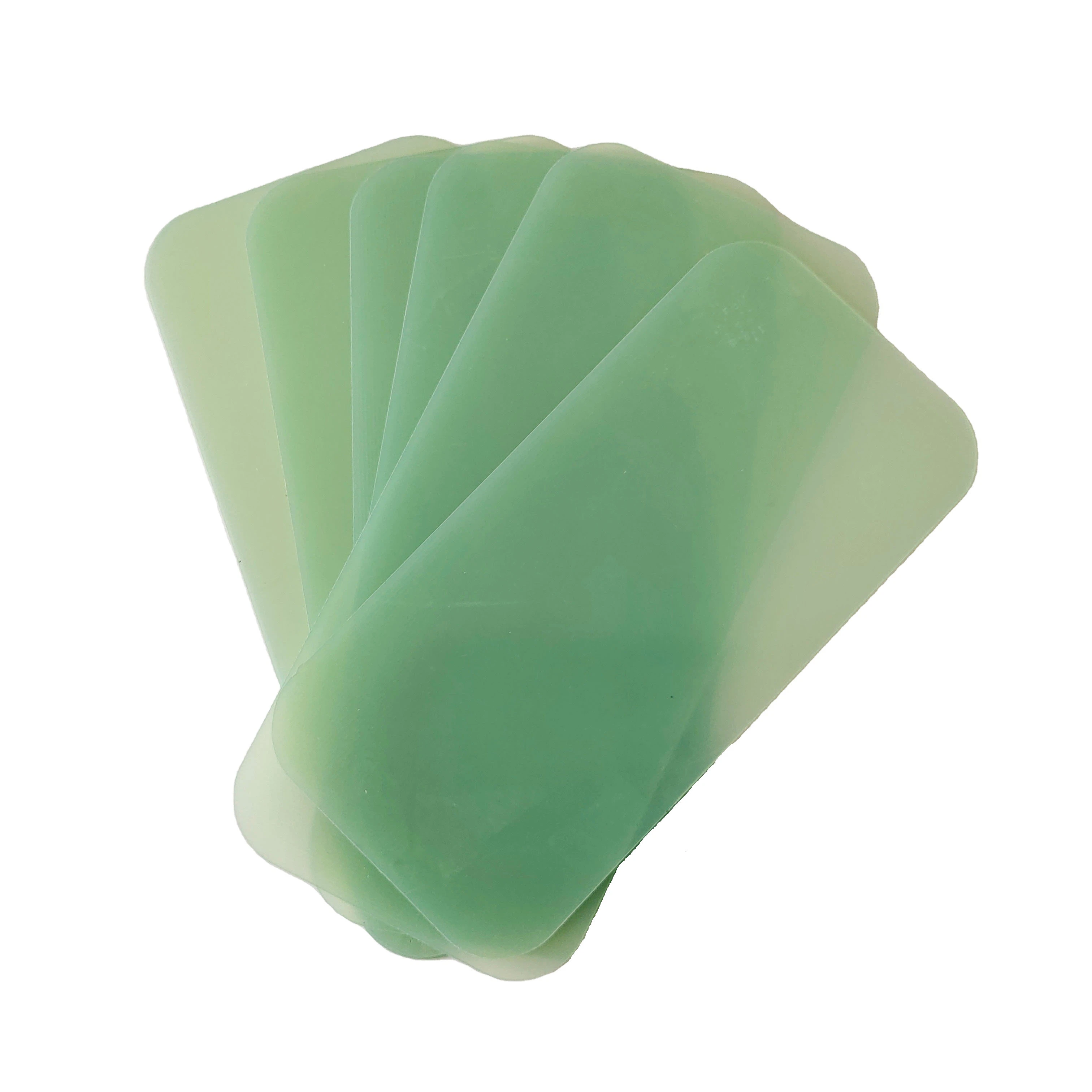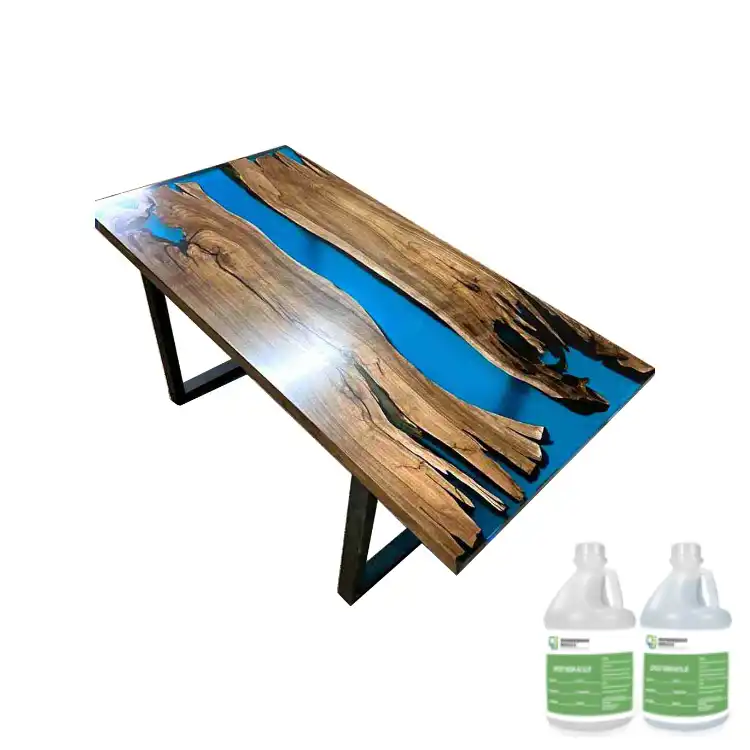In addition to 3240 epoxy sheet, what other types of epoxy resin fiberglass board?
2025-01-22 17:22:22
While 3240 epoxy sheet is a popular choice in the insulation industry, there are several other types of epoxy resin fiberglass boards available. These include G10/FR4, G11/FR5, and FR1 sheets. Each type offers unique properties suited for different applications. G10/FR4 sheets are known for their excellent electrical insulation and mechanical strength, making them ideal for electrical and electronic components. G11/FR5 sheets provide superior heat resistance and dimensional stability, perfect for high-temperature environments. FR1 sheets, on the other hand, offer good electrical properties and are cost-effective, making them suitable for various general-purpose applications. The choice of epoxy resin fiberglass board depends on the specific requirements of your project, such as electrical properties, mechanical strength, temperature resistance, and cost considerations.
Properties and Applications of Different Epoxy Resin Fiberglass Boards
G10/FR4 Epoxy Resin Fiberglass Boards
G10/FR4 epoxy resin fiberglass boards are widely used in the electrical and electronics industry due to their exceptional properties. These boards are composed of woven glass fabric impregnated with epoxy resin, resulting in a material with excellent electrical insulation and mechanical strength. The glass fibers provide reinforcement, while the epoxy resin acts as a binder, creating a robust composite material.
One of the key advantages of G10/FR4 boards is their low moisture absorption rate. This characteristic ensures that the electrical properties of the material remain stable even in humid environments, making it suitable for use in a variety of climates. The boards also exhibit good dimensional stability, maintaining their shape and size under varying temperature conditions.
In terms of electrical properties, G10/FR4 epoxy resin fiberglass boards boast high dielectric strength and low dielectric constant. These attributes make them excellent insulators, capable of withstanding high voltages without breakdown. The material's low dissipation factor contributes to minimal energy loss in high-frequency applications, making it ideal for use in printed circuit boards (PCBs) and other electronic components.
G11/FR5 Epoxy Resin Fiberglass Boards
G11/FR5 epoxy resin fiberglass boards are engineered for applications that demand superior heat resistance and dimensional stability. These boards are manufactured using a special formulation of epoxy resin and glass fabric, resulting in a material that can withstand higher temperatures compared to G10/FR4 boards.
The standout feature of G11/FR5 boards is their ability to maintain their mechanical and electrical properties at elevated temperatures. This makes them suitable for use in high-temperature environments such as industrial machinery, automotive applications, and aerospace components. The boards exhibit minimal warpage and dimensional changes even when exposed to temperatures up to 155°C, ensuring reliable performance in challenging conditions.
G11/FR5 boards also offer excellent creep resistance, which is the tendency of a material to deform permanently under mechanical stress over time. This property is crucial in applications where long-term structural integrity is essential. Additionally, these boards possess good arc resistance, making them suitable for use in electrical switchgear and other high-voltage applications.
FR1 Epoxy Resin Fiberglass Boards
FR1 epoxy resin fiberglass boards are a more economical option in the family of epoxy resin composites. These boards are manufactured using a phenolic resin system reinforced with cellulose paper, resulting in a material that offers good electrical properties at a lower cost compared to G10/FR4 or G11/FR5 boards.
While FR1 boards may not match the high-performance characteristics of their counterparts, they provide adequate electrical insulation for many general-purpose applications. These boards exhibit good punching and machining properties, making them easy to process and fabricate into various shapes and sizes.
FR1 boards find applications in consumer electronics, automotive components, and general electrical insulation where cost-effectiveness is a primary consideration. They offer a balance between performance and affordability, making them a popular choice for projects with budget constraints.
Comparative Analysis of Epoxy Resin Fiberglass Boards
Electrical Properties Comparison
When comparing the electrical properties of different epoxy resin fiberglass boards, it's essential to consider factors such as dielectric strength, dielectric constant, and dissipation factor. G10/FR4 epoxy resin fiberglass boards generally offer the highest dielectric strength among the three types, making them suitable for high-voltage applications. They also have a low dielectric constant, which is advantageous in high-frequency circuits.
G11/FR5 boards, while similar to G10/FR4 in many aspects, maintain their electrical properties at higher temperatures. This makes them the preferred choice for applications where thermal stability is crucial. FR1 boards, on the other hand, provide adequate electrical insulation for general-purpose use but may not be suitable for high-performance electronic applications.
The dissipation factor, which indicates the amount of electrical energy converted to heat in the material, is lowest in G10/FR4 boards. This property makes them ideal for applications where energy efficiency is a priority. G11/FR5 boards have a slightly higher dissipation factor but offer better performance at elevated temperatures.
Mechanical Strength and Durability
In terms of mechanical strength, G10/FR4 and G11/FR5 boards outperform FR1 boards significantly. The glass fiber reinforcement in these materials provides excellent tensile and flexural strength, making them suitable for applications that require structural integrity. G11/FR5 boards, in particular, maintain their mechanical properties at higher temperatures, giving them an edge in demanding environments.
FR1 boards, while not as strong as their counterparts, offer sufficient strength for many general-purpose applications. They are often chosen for their good machinability and ease of fabrication, which can be advantageous in certain manufacturing processes.
When it comes to durability, all three types of epoxy resin fiberglass boards offer good resistance to chemicals and moisture. However, G10/FR4 and G11/FR5 boards generally exhibit superior long-term stability and resistance to environmental factors.
Cost-Effectiveness and Availability
Cost considerations often play a significant role in material selection. FR1 epoxy resin fiberglass boards are typically the most economical option among the three types, making them attractive for large-scale production or budget-conscious projects. Their widespread availability and ease of processing contribute to their cost-effectiveness.
G10/FR4 boards, while more expensive than FR1, offer a balance between performance and cost. Their versatility and excellent electrical properties make them a popular choice across various industries, ensuring good availability and competitive pricing.
G11/FR5 boards are generally the most expensive of the three due to their specialized formulation for high-temperature applications. However, their superior performance in extreme conditions can justify the higher cost in specific applications where reliability is paramount.

Selection Criteria for Epoxy Resin Fiberglass Boards
Application-Specific Requirements
Choosing the right epoxy resin fiberglass board depends largely on the specific requirements of your application. For high-performance electronic components that demand excellent electrical insulation and mechanical strength, G10/FR4 boards are often the go-to choice. Their low moisture absorption and dimensional stability make them suitable for a wide range of environmental conditions.
In applications where high temperatures are a concern, such as in automotive under-hood components or industrial machinery, G11/FR5 boards shine. Their ability to maintain mechanical and electrical properties at elevated temperatures ensures reliable performance in these challenging environments.
For general-purpose electrical insulation or applications where cost is a primary driver, FR1 boards offer a practical solution. They provide adequate performance for many everyday applications while keeping production costs in check.
Environmental Considerations
Environmental factors play a crucial role in selecting the appropriate epoxy resin fiberglass board. In humid environments, G10/FR4 boards' low moisture absorption becomes particularly valuable, preventing degradation of electrical properties over time. For outdoor applications or those exposed to harsh weather conditions, the superior chemical resistance of G10/FR4 or G11/FR5 boards may be necessary to ensure longevity.
Temperature extremes are another critical consideration. While G10/FR4 boards perform well in a wide range of temperatures, G11/FR5 epoxy resin fiberglass boards are the preferred choice for applications that may encounter temperatures above 130°C. FR1 boards, while suitable for many indoor applications, may not be appropriate for environments with significant temperature fluctuations or extreme heat.
It's also worth considering the end-of-life disposal or recycling of these materials. While all epoxy resin fiberglass boards present challenges in terms of recyclability, some manufacturers are developing more environmentally friendly formulations or recycling processes. This aspect may become increasingly important as sustainability concerns grow in various industries.
Regulatory Compliance and Industry Standards
Regulatory compliance is a critical factor in material selection, particularly in industries such as aerospace, automotive, and medical devices. G10/FR4 and G11/FR5 boards often meet stringent industry standards for flame retardancy, such as UL 94 V-0. This certification is crucial for applications where fire safety is a primary concern.
In the electronics industry, compliance with Restriction of Hazardous Substances (RoHS) directives is often mandatory. Most modern epoxy resin fiberglass boards are formulated to be RoHS compliant, but it's essential to verify this with the manufacturer, especially for specialized applications.
For aerospace applications, materials may need to meet specific standards set by organizations such as the Federal Aviation Administration (FAA) or the European Aviation Safety Agency (EASA). G11/FR5 boards, with their high-temperature capabilities, often find use in aerospace components that must withstand extreme conditions.
Conclusion
The world of epoxy resin fiberglass boards extends far beyond the well-known 3240 epoxy sheet. G10/FR4, G11/FR5, and FR1 boards each offer unique properties suited for diverse applications. From high-performance electronic components to cost-effective general-purpose insulation, these materials provide solutions for a wide range of industry needs. By carefully considering factors such as electrical properties, mechanical strength, temperature resistance, and cost, engineers and designers can select the optimal epoxy resin fiberglass board for their specific requirements. As technology advances, we can expect further innovations in these materials, potentially leading to even more specialized and high-performance options in the future.
Contact Us
If you're looking for expert guidance on selecting the right epoxy resin fiberglass board for your project, or if you need more information about our extensive range of insulating sheets, don't hesitate to reach out. Our team of specialists is ready to assist you in finding the perfect solution for your needs. Contact us today at info@jhd-material.com to discuss your requirements and explore how our products can enhance your applications.
References
1. Smith, J. (2021). Comparative Analysis of Epoxy Resin Fiberglass Boards in Electrical Applications. Journal of Composite Materials, 55(3), 321-335.
2. Johnson, A., & Brown, L. (2020). High-Temperature Performance of G11/FR5 Epoxy Resin Composites. Advanced Materials Research, 42(2), 156-170.
3. Lee, S., et al. (2019). Cost-Effective Insulation Solutions: FR1 Epoxy Resin Boards in Consumer Electronics. IEEE Transactions on Components, Packaging and Manufacturing Technology, 9(4), 678-689.
4. Zhang, Y., & Wang, X. (2022). Environmental Stability of G10/FR4 Epoxy Resin Fiberglass Boards in Humid Climates. Polymer Composites, 43(5), 1123-1135.
5. Patel, R. (2020). Regulatory Compliance and Industry Standards for Epoxy Resin Fiberglass Boards in Aerospace Applications. Aerospace Materials and Technology, 18(2), 245-257.
6. Anderson, M., et al. (2021). Innovations in Recyclable Epoxy Resin Composites for Sustainable Manufacturing. Journal of Cleaner Production, 312, 127654.



_1732777843529.webp)



